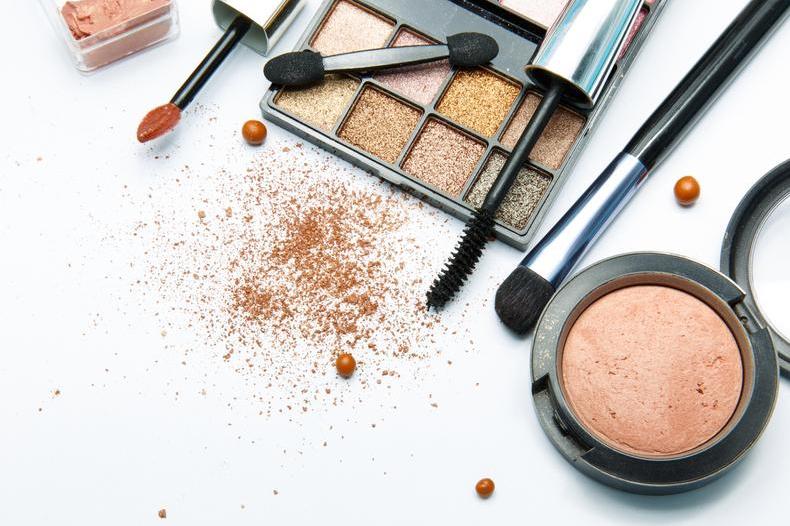Cosmetics and Copyright – Battling the Copycats
Just like the fashion industry, the cosmetic industry is seeing more and more copycat products.

Although this isn’t new, the number of copycats we are seeing is on the rise - from mimicking packaging to the print on the powders, there is a copycat “alternative” to most popular makeup brands and hero products nowadays.
One of the many IP rights that brand owners can rely on in the war against dupes is copyright. So, how does copyright interact with cosmetics?
Copyright is an IP right that is automatically generated at the time of creation, and one that doesn’t require registration in the UK (other jurisdictions do require registration, so this is something to look out for).
Making sure your cosmetic product has copyright is key – you need to be able to demonstrate that it is an independent creation and that it falls in the exhaustive types of works detailed in the Act.
To help show how copyright can work in your favour, it’s good to look at a case where copyright came to the rescue, namely Islestarr Holdings Ltd v Aldi Stores Ltd [2019] EWHC 1473 (Ch).
In this case we saw the company behind Charlotte Tilbury (“Tilbury”) go head-to-head with Aldi over Tilbury’s iconic Filmstar bronze and glow palette.
The good news for Tilbury was that Aldi were found to have infringed the copyright which subsisted in the product.
The artistic works were the starburst design on the lid of a powder case, and the powder design embossed onto the two separate makeup powders within – but how did copyright help Tilbury to takedown a copycat?
It must be fixed

The first hurdle for Tilbury to overcome was whether they were able to show that the design on the powder, was fixed.
What does that mean? Fixation is an important part of artistic copyright, which is the form of copyright the powder design fell under.
Aldi argued that, as the powder design is removed after use, it cannot be fixed and therefore doesn’t hold copyright. This wasn’t accepted by the Court.
As the powder design could be recreated and viewed by third parties, and was itself initially conceived in a drawing, it was seen as fixed and deemed to hold copyright.
What is the lesson here? Makeup products with printed designs that could wear away over time are still protectable by copyright. This is important.
Previous case law has taught us the makeup on people’s faces is not protectable by copyright, so knowing that it can be protected in makeup palettes (or even unique lipstick shapes for example) gives brand owners another arm of protection.
I’ve seen this before
Aldi admitted that they were aware of Tilbury’s design when creating their own product. Knowing that another product exists is not enough to prove copying however.
You have to prove that a substantial part of your product has been copied, it is not enough to show that someone has taken inspiration from your product.
In this case Aldi’s products were seen as too similar, and as they had admitted to viewing Tilbury’s products beforehand, they were deemed to have copied.
Aldi tried to argue that Tilbury’s design was commonplace in the crowded cosmetics market, meaning they couldn’t have copyright in the design, but this wasn’t accepted by the Court.
What are the take homes? Someone knowing your product exists isn’t enough to show copying, you need to prove that a substantial part of your word has been copied.
As well as this, your design needs to be unique, and not common place. If the market you are in is crowded, then certain design elements may become commonplace and not protectable.
Summary
This case is key to reassuring cosmetic brands that copyright is a form of Intellectual Property that they can rely on.
However, just because it is created automatically doesn’t mean that it is easy to prove. Keeping good records of your design process and making sure ownership cannot be disputed is key.
Cosmetics are changing as fast as fashion now, and the rise of copycats is not slowing down – especially when consumers are happy to find a cheaper alternative.
With copycats becoming a craze, it is good to know how to tackle them. Some top tips to try and help are;
- Make sure your design isn't commonplace – this will make it harder for copycats to get away with copying your products;
- Make sure your design shows “intellectual creation”, meaning you are able to show evidence of how you got to the end design and the hard work behind creating it;
- Evidence is key! Make sure you store all the design information;
- Be aware of known copycats, the quicker you can see they are copying, the quicker you can (hopefully) make it stop; and
- The overall impression of the product needs to be seen as similar, as well as individual elements – something to note when you are thinking of taking on a copycat.



